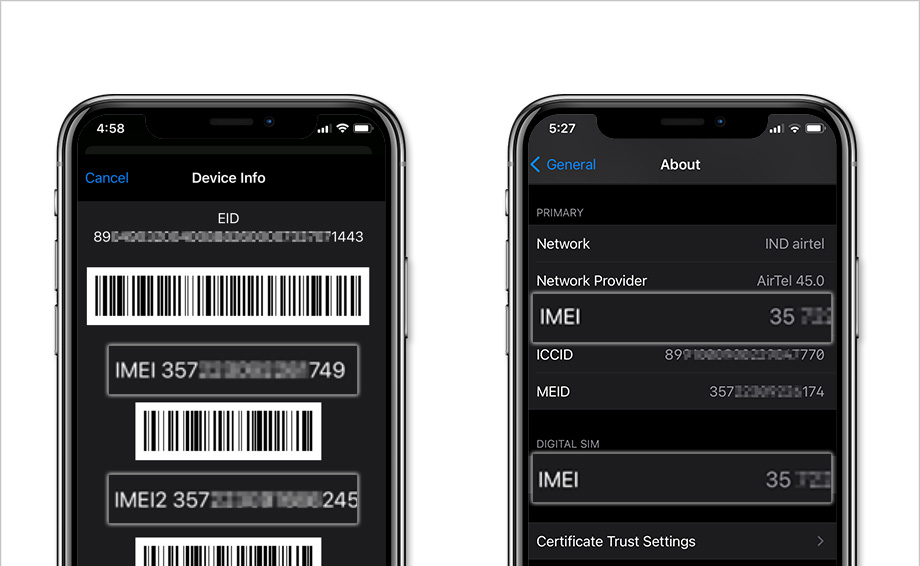Losing your phone can be a frustrating and stressful experience, but luckily there are ways to increase your chances of locating it. One important tool in the search for a lost phone is the IMEI number.
IMEI, which stands for International Mobile Equipment Identity, is a unique 15-digit code assigned to every mobile device. By understanding the role of IMEI numbers, you can take steps to track and potentially recover your lost phone.
In this article, we will explore the three key roles that IMEI numbers play in the process of finding a lost phone.
1. What is an IMEI Number and Why is it Important?

An IMEI (International Mobile Equipment Identity) number is a unique identification code assigned to every mobile device. This 15-digit number serves as a digital fingerprint for your phone, allowing it to be distinguished from other devices on the network.
The IMEI number is essential for a variety of reasons, including tracking lost or stolen devices, blocking unauthorized usage, and ensuring the security of your personal information. Without the IMEI number, it would be nearly impossible to locate or disable a missing phone, making it a crucial component in the world of mobile technology.
2. How to Find Your Lost Phone Using the IMEI Number

Losing your phone can be a stressful and frustrating experience, but if you have the IMEI number handy, there’s a good chance you can track it down. The IMEI (International Mobile Equipment Identity) number is a unique identifier for your device that can be used to locate it, even if the SIM card has been changed.
To find your lost phone using the IMEI number, you can contact your mobile network provider and ask them to track the device using their tracking systems. Alternatively, you can use online services that specialize in tracking lost phones by IMEI number.
By following these steps, you may be able to recover your lost phone and avoid the hassle of replacing it.
3. The Role of IMEI Numbers in Tracking and Reporting Stolen Phones

IMEI numbers play a crucial role in tracking and reporting stolen phones due to their unique identification features. Each mobile device is assigned a distinct IMEI number, acting as a digital fingerprint that allows authorities and service providers to track the location of a stolen device.
By utilizing IMEI numbers, law enforcement agencies can pinpoint the exact whereabouts of a stolen phone, enabling them to recover the device and apprehend the thief. Additionally, mobile carriers can block stolen phones from accessing cellular networks, rendering them useless to the thief.
In essence, IMEI numbers serve as an indispensable tool in the fight against phone theft, ensuring that stolen devices can be located and retrieved with precision and efficiency.
Conclusion
In conclusion, the IMEI number plays a crucial role in locating and retrieving lost or stolen phones. By understanding the three key functions of the IMEI number – tracking, blocking, and identifying stolen devices – users can take proactive steps to safeguard their valuable phones.
With the ability to perform an IMEI check, individuals can further ensure the security of their device and potentially aid in its recovery. By utilizing the IMEI number effectively, users can increase the chances of successfully recovering their lost phone and preventing unauthorized access to their personal information.


